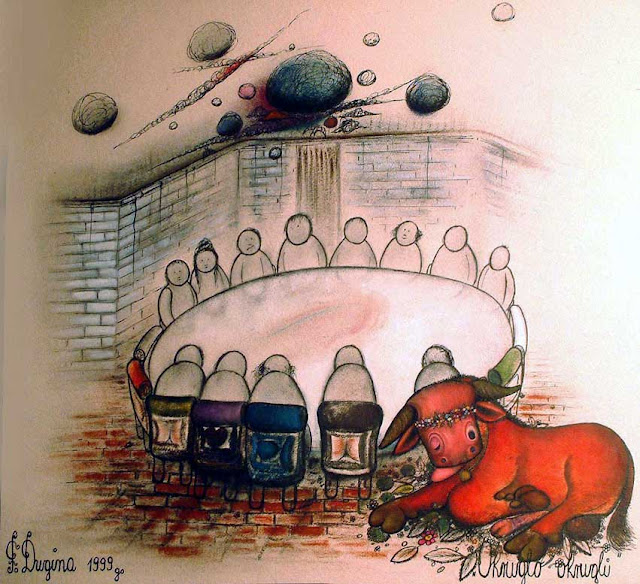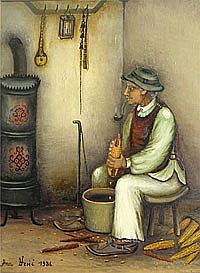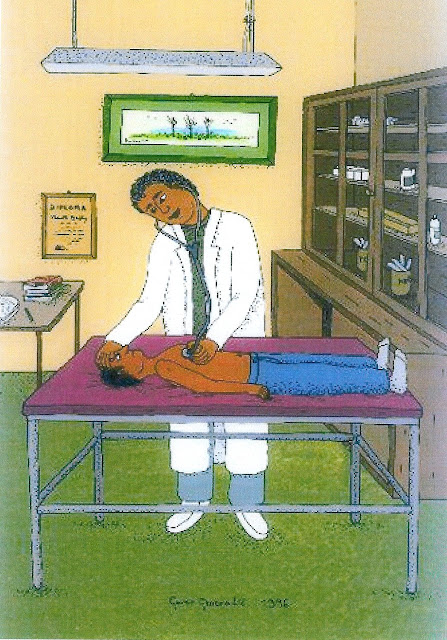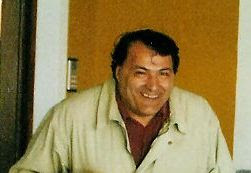
è nato il 21 agosto del 1952 nella famiglia del sarto di campagna, a Lokvica, un villaggio vicino a Brod Moravica nel Gorskim Kotar, fregione montagnosa ricca di prati e di boschi folti nei quali vivono le leggende e i racconti tradizionali. Ha finito la scuola elementare e la prima classe della media superiore, ma ha interrotto gli studi in seguito a una grave malattia. Nel 1971 comincia a disegnare e a dipingere intensamente e, oltre ai lavori domestici nella economia rurale, la pittura diventa la principale attività dell'autotre. Esponeva in una decina di mostre collettive e una ventina di mostre individuali. Già in occasione della sua prima mostra individuale le, critiche mettevano in risalto l'originalità e la coerenza dell'espressione di Miroslav Delac. Oggi egli è un apprezzato poeta del gorski Kotar, entrava nella tradizione di arti figurative della regione a poco a poco e fermamente. Da alcuni critici era chiamato "Il Lackovic del Gorski Kotar". Vanda Ekl aveva scritto di lui: "Il Delac introduce nei suoi dipinti la freschezza delle emozioni della terra nativa, la gioia dell'osservazione, la sensazione dell'unita con la natura. Nei disegni che rappresentano le teste antropomorfiche, egli identifica perfino l'essere umano e l'essere vegetale. La poetica di questo surrealismo naif risuona come la difesa della natura, che la vita contemporanea profana sempre più". Dopo una grave malattia muore il 13 dicembre del 1986.
was born August 21, 1952 in the family of the tailor campaign, Lokvica, a village near Brod Moravica in Gorskim Kotar, Fregione rich mountain meadows and dense forests in which they live and the legends and traditional tales. He finished elementary school and the first class of high school, but left school after a serious illness. In 1971 he started drawing and painting intensively and, in addition to domestic work in the rural economy, the painting becomes the main activity dell'autotre. Exposed in a dozen group exhibitions and solo exhibitions around twenty. Already during his first individual exhibition of the, criticism emphasized the originality and coherence of the expression of Miroslav Delachi. Today he is a popular poet of Gorski Kotar, entered in the tradition of fine arts in the region gradually and steadily. For some critics had called "The Lackovic Gorski Kotar". Vanda EKL had written of him: "The Delachi introduces in his paintings the freshness of the emotions of their native land, the joy of observation, the feeling of unity with nature. In the drawings representing anthropomorphic heads, he even identifies the 'plant and human being. the poetic surrealism of this sounds naive as the defense of nature, that the increasingly secular modern life. "After a serious illness he died on December 13, 1986.


 Dragica Smicibrada
Dragica Smicibrada























































.png)













